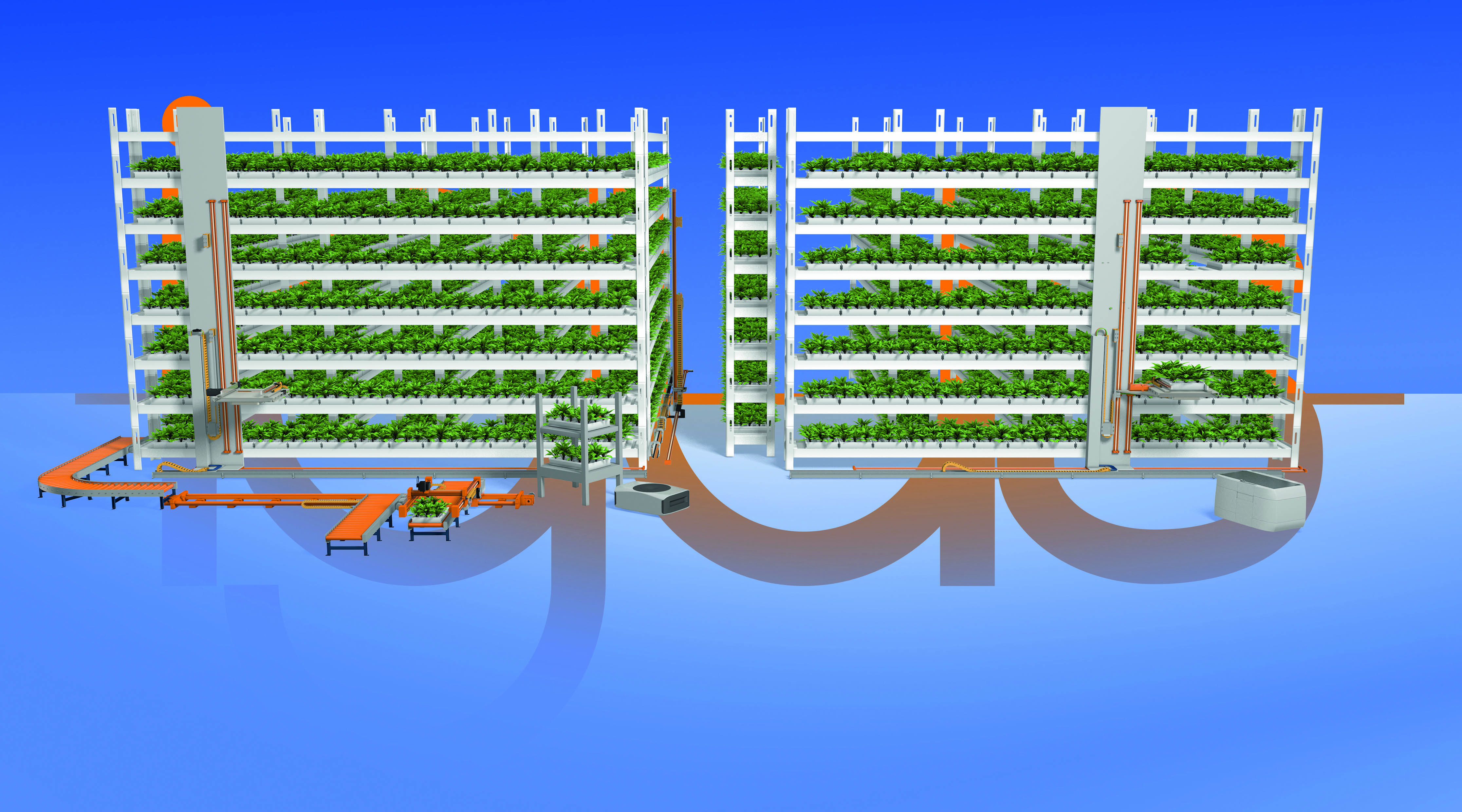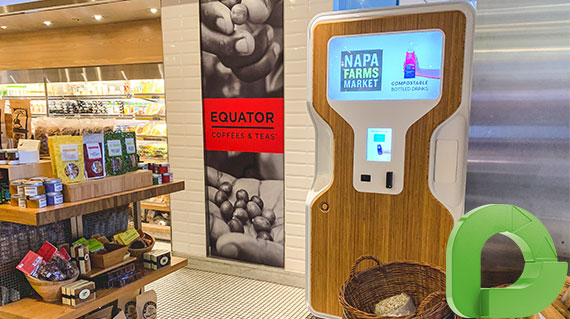New laser sintering material from igus makes 3D printing of chemical-resistant tribo-components possible
High-performance plastic iglide i10 is resistant to acids, bases, alcohols, greases, and oils
29 August 2022 – igus®, the leader in motion plastics, is expanding the scope of its 3D-print service. The company will now offer chemical-resistant, self-lubricating, tribo-polymer components that can be manufactured using selective laser sintering (SLS). This evolutionary step is made possible by a new printing material for laser sintering printers – iglide® i10. The new material is resistant to acids, bases, alcohols, and greases and is therefore suitable for use in industries such as electroplating and food processing.
The new laser sintering printing material from igus is also characterized by its high ductility and low moisture absorption. The iglide i10 material is ideal for weight-saving industrial functional components with elastic properties.
High food safety: New laser sintering printing material is FDA-compliant
There are numerous applications for the new printing material. 3D-printed components in electrolytic baths for coating processes must be resistant to acids; otherwise, defects and possible system failures are at risk.
“However, the new material is also interesting for applications in the packaging and food industries,” says Tom Krause, Head of Additive Manufacturing at igus. “This is because we are one of the few manufacturers to have laser sintering printing materials certified in accordance with the U.S. Food and Drug Administration (FDA) specifications.”
The new material also complies with EU Regulation 10/2011, which certifies that the plastic is harmless in contact with food.
3D printing service produces industrial components within a few days
igus will also offer the new printing material in its in-house 3D printing service. Customers can upload a STEP file online with the 3D model of the desired component and select the quantity and printing material.
igus will then manufacture the self-lubricating and maintenance-free elements using selective laser sintering. A laser fuses wafer-thin powder layers of the material on a building platform, which is lowered layer by layer. Step by step, the component is created.
“The process has the advantage that it requires no tools and is significantly more cost-effective and faster than traditional processes such as injection molding. This is especially true for prototypes and small production volumes,” explains Krause.
As a result, the customer could receive the 3D-printed component five days after igus receives the order.



